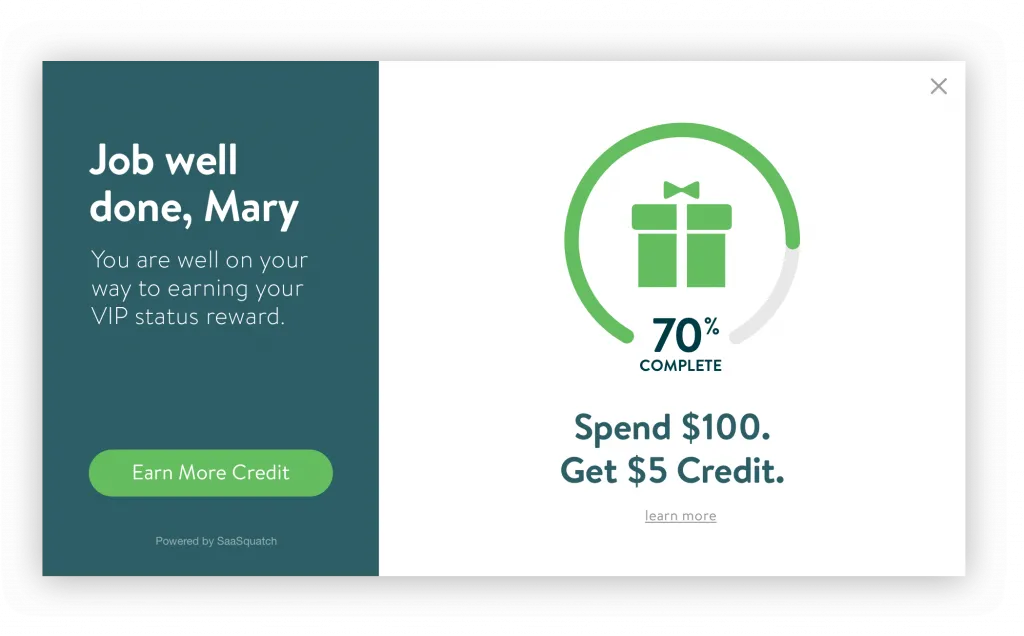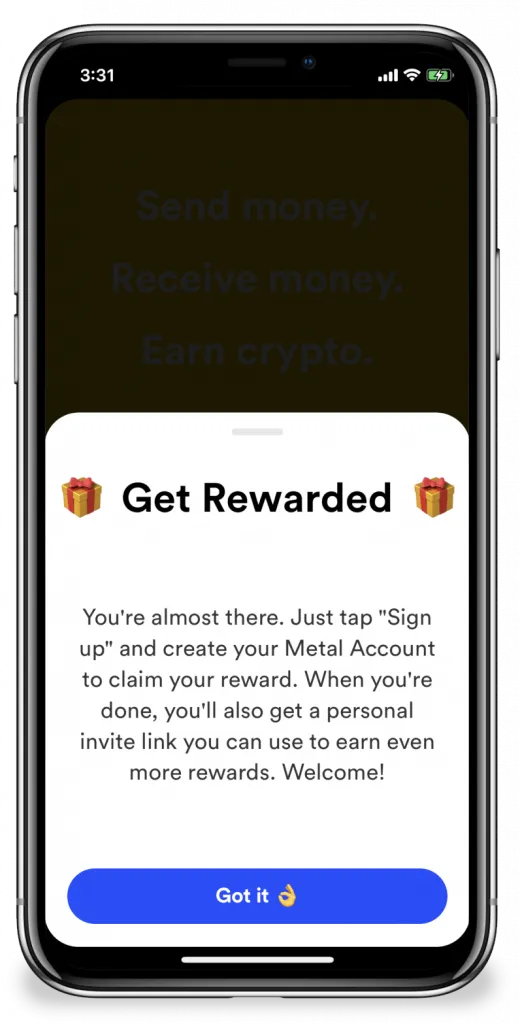The Psychology Behind Loyalty Programs
Research tells us that loyal customers spend 67% more than new ones through repeat purchases, larger cart sizes, and frequent upsells, but have you ever wondered why?
When it comes to building a loyal customer base, why are loyalty programs able to influence customer behavior?
They say that if you ask “why” five times, you’ll discover the underlying answer to a question, but we’ll just cut to the chase.
While factors like reward quality and program simplicity greatly impact the success of a loyalty program, there are many psychological phenomena and cognitive biases happening behind the scenes that control a customer’s willingness to participate.
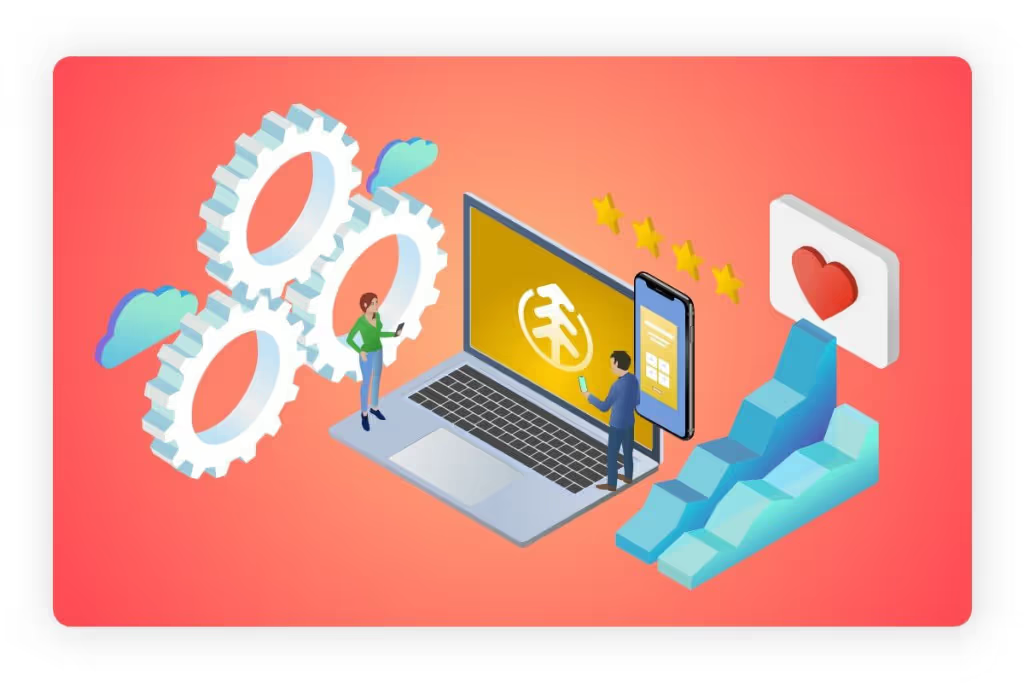
Since the value of any loyalty program lies in its ability to influence profitable customer behavior, knowing how the human brain perceives different scenarios can help you present your loyalty offerings in a way that maximizes conversions.
In this article, we take a look at 6 psychological principles and human tendencies that drive the success of a loyalty strategy. Using insights from related studies and experiments, we help you apply each concept to drive more engagement in your programs.
1 - Positive reinforcement and the power of habit
Positive reinforcement is a specific learning process used to encourage new behavior. It involves attaching a favorable outcome to a specific action, making the subject more likely to repeat the behavior in order to receive the favorable outcome again.
This principle is seen in multiple facets of life. A student who receives a gold star for acing their tests is likely to try and succeed again. An employee who receives a bonus after hitting their sales quota will work hard to repeat this accomplishment.
Positive reinforcement is at the heart of every loyalty program. When your business offers exclusive rewards in exchange for profitable customer behavior (ie. making a purchase, referring a friend), your users become quick to understand how their actions are linked to the benefits they receive.
This principle works because it helps drive permanent, consistent behavior patterns. One of the most important factors in forming a habit is changing the user’s attitude towards the behavior, and helping them perceive their actions as personally rewarding.
Putting positive reinforcement into practice
- Use continuous reward scheduling: The best way to influence customer behavior with positive reinforcement is by using a ‘continuous’ reinforcement schedule with loyalty rewards. This is where the user is rewarded each time they complete a specified action, as opposed to being rewarded at fixed intervals (ie. every month or every year). For example, by delivering a reward every time a customer makes a successful referral, they will learn to associate referrals with a positive outcome and likely repeat the behavior.
2 - Goal anticipation and the motivation to earn rewards
While positive reinforcement helps build new habits, how else can you motivate customers to keep participating in your loyalty program?
The goal gradient effect suggests that the closer someone is to reaching a goal, the more effort they will put into achieving it.
Translated into customer loyalty, users will make more frequent purchases (or other profitable action) when they know they are close to achieving a reward goal (ie. reaching a VIP tier, qualifying for a discount or free item).
One study examined this with a classic coffee shop loyalty program of “buy 10 cups, get one free”. The results indicated that customers accelerated their coffee purchases as they progressed closer to earning a free one - time between purchases actually decreased by 20% throughout the program. (read the full study here)
A big takeaway here is that this works the opposite way too. If your rewards are perceived as unattainable, a customer’s motivation to achieve the goal will go down.
Like with any goal you set in life, visible progress can be one of the most powerful motivators to keep going.
Putting the goal gradient effect into practice
- Offer attainable rewards: If a reward goal feels unattainable, motivation to achieve it will be extremely low. Data from HelloWorld reveals that over half (53%) of surveyed consumers say it takes too long to receive a reward when participating in a loyalty program. This is also a top reason for loyalty program abandonment. Offering smaller reward goals throughout a customer’s journey is much more of a compelling proposition than telling customers they must spend $100 before receiving a 5% purchase discount.
- Use visual reminders and send notifications: The goal gradient effect only works if customers know that they are close to reaching a reward goal. Send notifications to remind customers of their reward balances, or indicate what they need to do to reach the next reward tier. Leverage progress bars, scorecards, and other visual tools to make it easy to understand.
3 - Artificial progress and the illusion of a head start
In addition to reminding customers how close they are to a reward goal, you can further incentivize loyalty program participation by leveraging the perception of progress.
The endowed progress effect suggests that if customers feel like they are already on their way to achieving a goal (instead of starting from zero), they are more likely to achieve it.
This means that customers who are given a “head start” on their rewards goal are more likely to continue participation in the program, even if the endowed progress is completely artificial.
One study proved this by testing loyalty stamp cards at a car wash. Every time a customer returned to have their car washed, they received a stamp on their card. The user was rewarded with a free car wash after obtaining all of their stamps.
One group of customers received cards with eight empty slots to be stamped. The second group of customers received cards with ten slots to be stamped, two of which were already filled out.
Both groups still needed a total of eight stamps to be rewarded with a free car wash.
So what happened? The customers given the 2-stamp head start were more likely to return to purchase the full eight car washes, and even bought them sooner than the group who did not receive a head start. Redemption of the free car wash was 34% for those with the 2-stamp head start compared to just 19% for those who started from zero. (read the full study here)
The simple perception of progress towards a goal is extremely influential in driving customer loyalty.
Putting the endowed progress effect into practice
- Give users a welcome bonus: Start new customers off on the right foot with bonus rewards for their first purchase. Not only will they appreciate the immediate reward, but instilling inner momentum will set them up for continuous progress.
- Help customers reach the next reward tier: If customers are failing to reach a given reward tier, the distance may seem too daunting. Shorten the (literal and mental) distance towards the next goal with bonus points or pre-earned progress to the goal.
(source)
4 - Loss aversion and the willingness to gamble
While most loyalty programs are framed around letting customers gain a reward, can you drive participation by suggesting loss?
Loss aversion says that we perceive loss and gain very differently, and it can determine how a customer interacts with your loyalty program.
Research has shown that the pain we feel when something is taken away from us is far greater than the positive emotions we feel when we gain the same thing. Simply put, our motivation to avoid loss is significantly stronger than our motivation to earn, triggering FOMO (fear of missing out).
This is well-demonstrated in a study where participants were given $50.
In the first round of the experiment, participants could either 1) keep $30 of it, or 2) gamble with an equal chance of keeping or losing the whole $50.
Result: The majority of participants avoided the risk and kept $30, while 43% chose to gamble.
In the second round of the experiment, the choices were framed to suggest loss instead of gain.
The participants could either 1) lose $20, or 2) gamble with an equal chance of keeping or losing the whole $50.
Result: The majority of participants (62%) chose to gamble instead of choosing to “lose” money.
Even though the end result of “keep $30” and “lose $20” resulted in the same dollar value, expressing the option as a loss caused significantly more people to avoid it and choose to gamble instead.
This loss aversion experiment proves that simple word choice and reward framing can completely shift how a customer engages with your loyalty program.
Putting loss aversion into practice
- Add scarcity and urgency to your rewards structure: Leveraging tactics like reward redemption limits and expiry periods can instill a sense of urgency to motivate customer action when they become aware of potential loss. Before flipping all of your loyalty program’s communications to suggest loss instead of gain, we recommend testing whenever possible to fully understand what resonates with your audience.
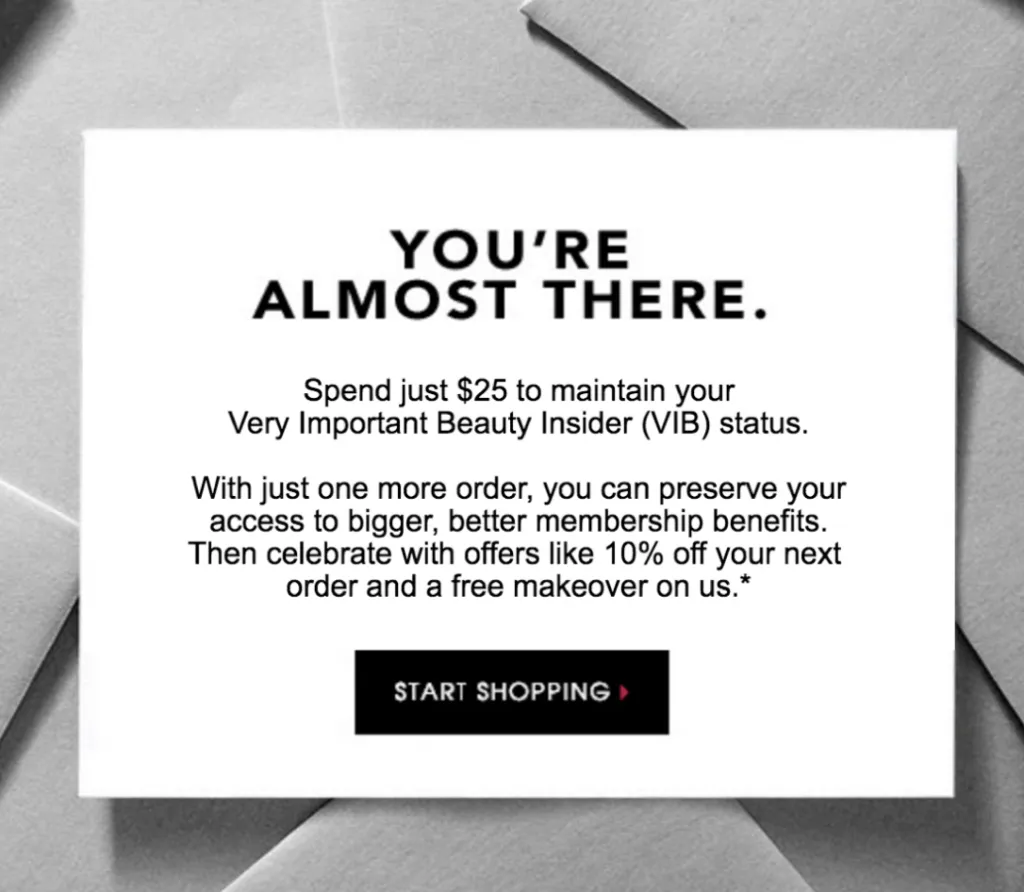
(source)
For more ways to leverage loss aversion and FOMO in your loyalty programs, check out this article.
5 - Social status, ego and exclusivity
In addition to avoiding loss, we also love to gain social credibility. An elevated social status is one of the main driving factors behind participation in a loyalty program.
This is why VIP programs work so well: we like to rise above our peers and gain access to better perks by reaching an elevated reward tier.
By separating your best customers from your average ones, you create an elite status unique to your brand and instill a sense of accomplishment in anyone who reaches the top.
When combined with the loss aversion effect, customers will go to great lengths to maintain their VIP status if it’s questioned or at risk of being taken away.
It’s interesting to note that even the collection of meaningless points is enough to influence this kind of participation.
Looking at platforms like Reddit, Yahoo Answers, or Quora, consumers are motivated to earn points even if they don’t have any real-world value. People are still driven to engage with the platform and accumulate points to be listed as one of the top users.
This means that VIP rewards don’t need to be expensive. The social status that customers gain from participating is perceived as highly valuable, but may not cost you anything.
Putting social status and ego into practice
- Add conditions to a tiered reward structure: Consider implementing a tiered VIP rewards structure where the customer’s progress resets at the end of a given time period, motivating users to claim their status before the deadline.
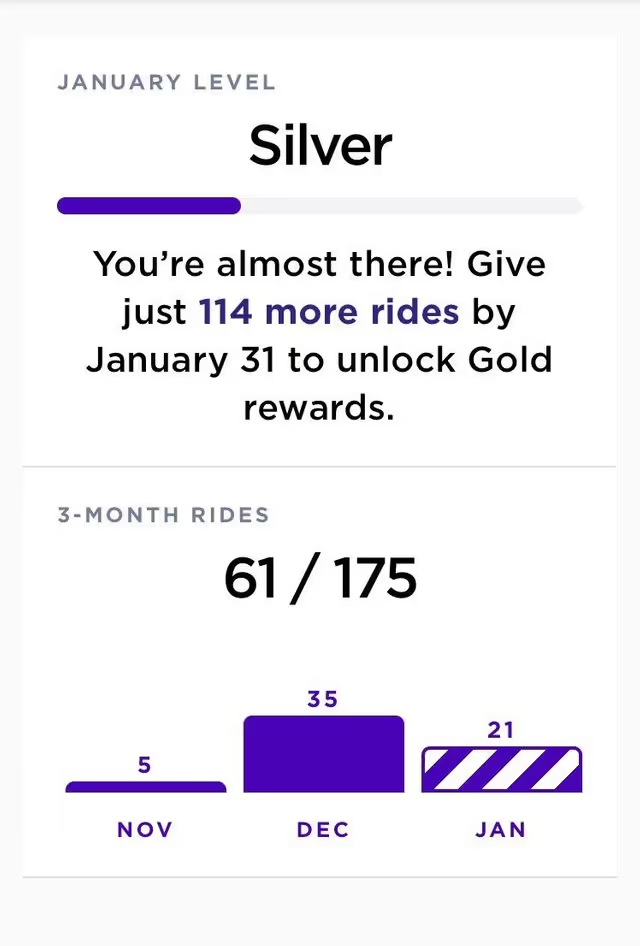
(source)
6 - Continual investment and personal attachment
Just like we value our social status, we value our effort more than the efforts of others.
The psychological phenomenon known as the escalation of commitment suggests that the more work you put into something, the more value you attach to it.
One experiment asked college students to build origami cranes and frogs and assign a monetary value to the finished product. Those who made their own origami creation ended up valuing it five times higher than an unaffiliated third-party who did not invest any time in making it.
While others saw the origami creations as “nearly worthless crumpled paper”, the builders were willing to pay as much for their own creation as someone else would for an expertly-built origami piece. (read the full study here)
This is based on the premise that we value our own work and perceive it as meaningful, no matter what it’s being applied to.
When it comes to loyalty programs, you can reward customers for investing more time and effort into your product and making it their own. This causes customers to value your product more and in turn be less likely to churn and more willing to pay a higher price.
Putting continual investment into practice
- Encourage users to personalize your product: Reward users for actions that reflect personal investment in your product or service like filling out their profile, customizing their color scheme or rating products in your catalog.
Final Thoughts
As you’ve learned from these principles, perception plays a huge role in the success of loyalty programs.
Leveraging psychology to improve your loyalty program involves re-framing your reward proposition to be perceived as highly valuable, even if the actual currency value is relatively low or un-changed.
Understanding your customers’ cognitive biases helps you influence them to your advantage, while still giving them something that they value and driving profitable behavior.
